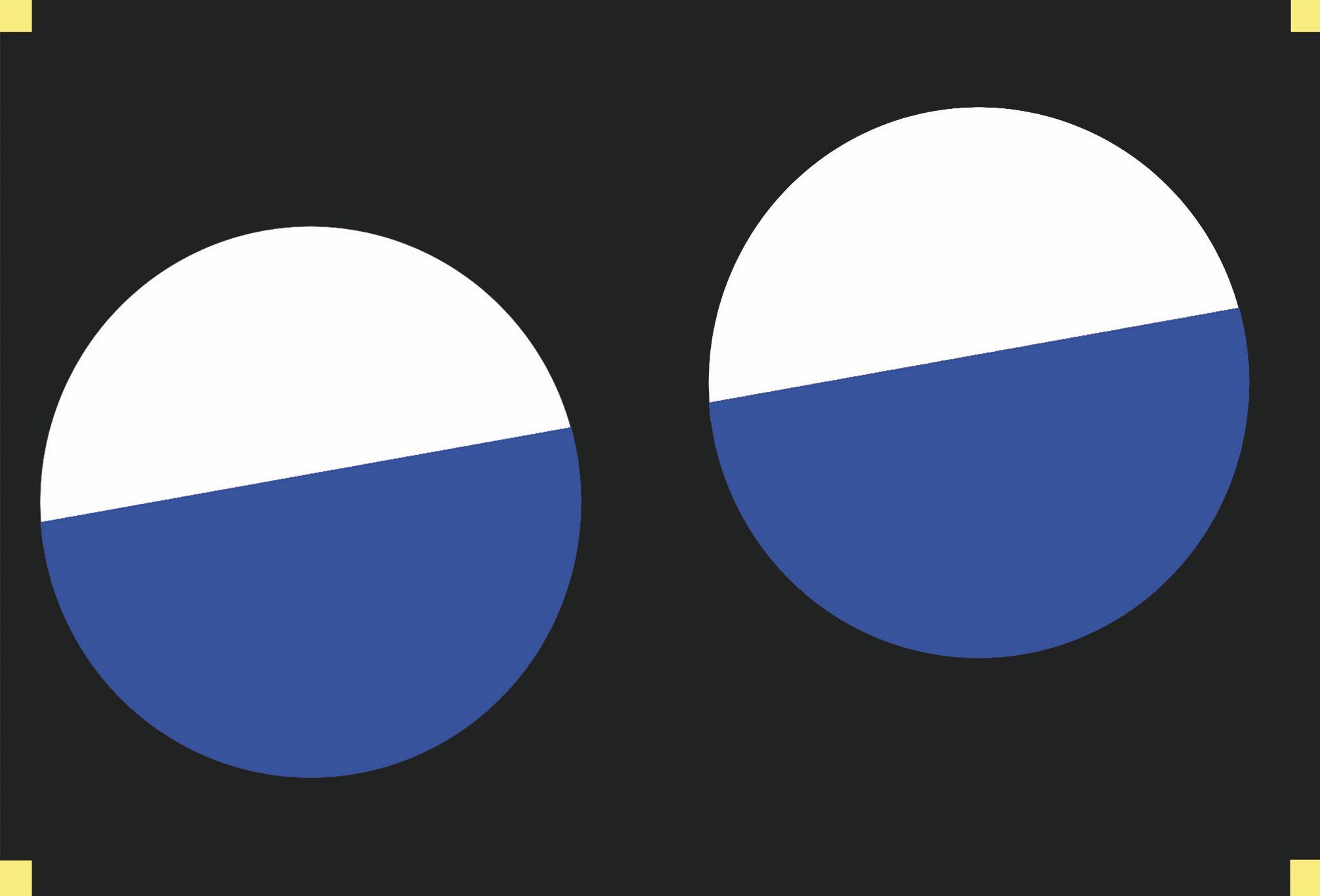-
Sabeth Buchmann—Bricklike hands waving at them, sculptures standing like skeletal bodies in the room. Your recent works continue the mixture of alternating geometric abstraction and figuration, object and subject, that is familiar from the genre of comics, and which I also recognize in your Wartende Laptops (Waiting Laptops) and Erschöpfte Vasen (Exhausted Vases): apparatuses and objects with psychological quirks that remind us of ourselves and hence of the question of why we see and feel that which we see and feel, and how we see and feel it. Always a trace too unstable to pass as entirely self-confident “works,” they could be regarded as replacements or placeholders for ourselves: They seem to ask how art could be created beyond the continual reproduction of the forms intended for it in order to touch on the often unclarified relationship we have to it.
read more -
Sabeth Buchmann – Hände aus Ziegelsteine, die ihnen winken, Skulpturen, die wie skelettierte Körper im Raum stehen. Deine neueren Arbeiten setzen die ins Comicgenre changierende Mischung aus geometrischer Abstraktion und Figuration, aus Objekt- und Subjekthaftigkeit fort, die ich auch in deinen „wartenden Laptops“ und „erschöpften Vasen“ erkenne: Apparaturen und Gegenstände mit Psycho-Macken, die uns an uns selbst und damit an die Frage erinnern, warum wir das, was wir sehen und empfinden, so sehen und empfinden, wie wir es sehen und empfinden. Stets eine Spur zu labil, um als ganz und gar sich ihrer selbst sichere „Werke“ durchzugehen, könnte man sie auch für Ersatzobjekte oder Platzhalter für uns selbst halten: Wie, so scheinen sie sich und uns zu fragen, könnte Kunst jenseits der fortwährenden Reproduktion der für sie vorgesehenen Formen beschaffen sein, um stärker an die oftmals ungeklärte Beziehung zu rühren, die wir zu ihr haben.
read more
Wednesday – Friday 12 – 6 pm
Saturday 12 – 4 pm and by appointment
Judith Hopf
UP
02.02. – 15.04.2017
-
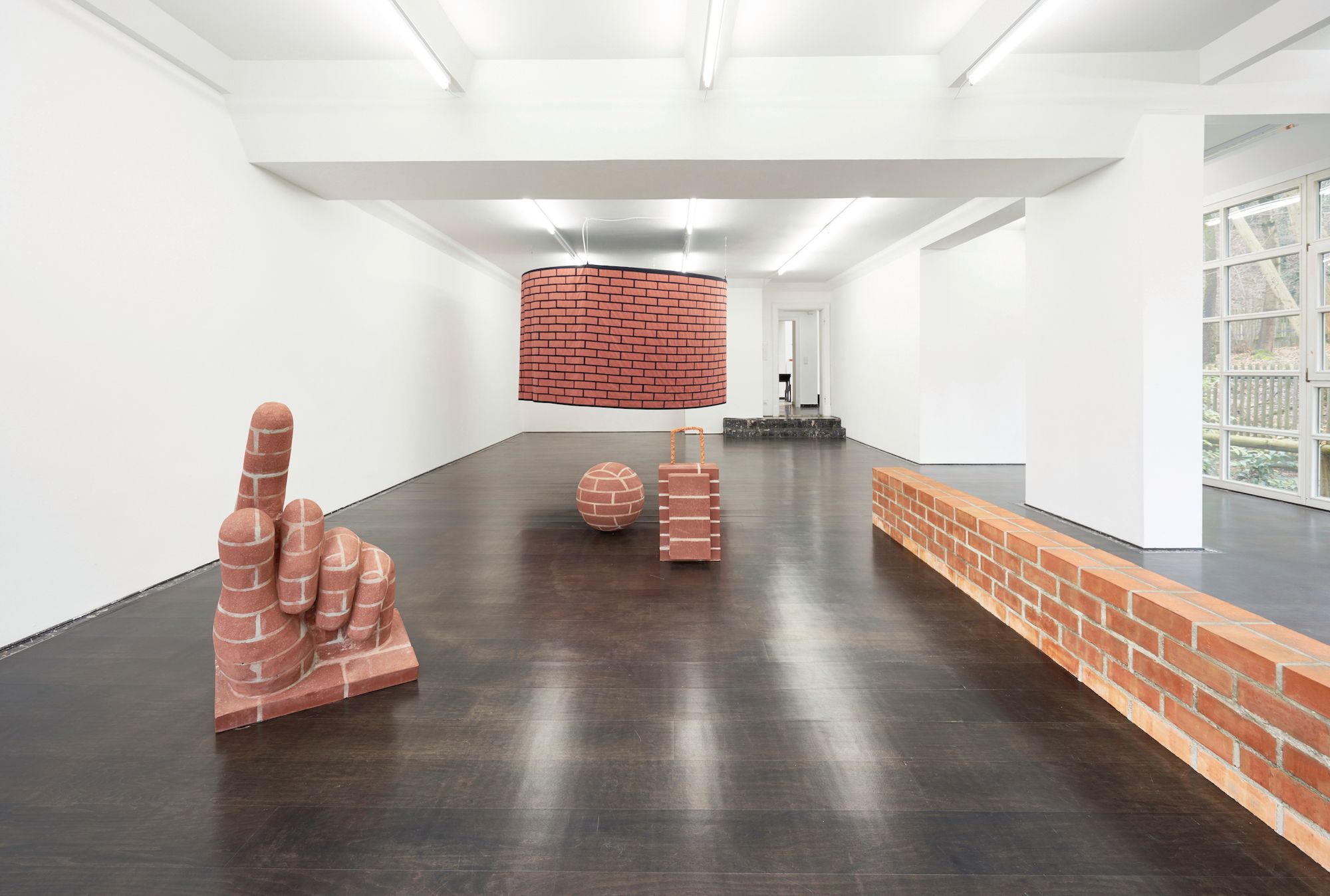
Installation view, Judith Hopf, UP, Deborah Schamoni, 2017 -
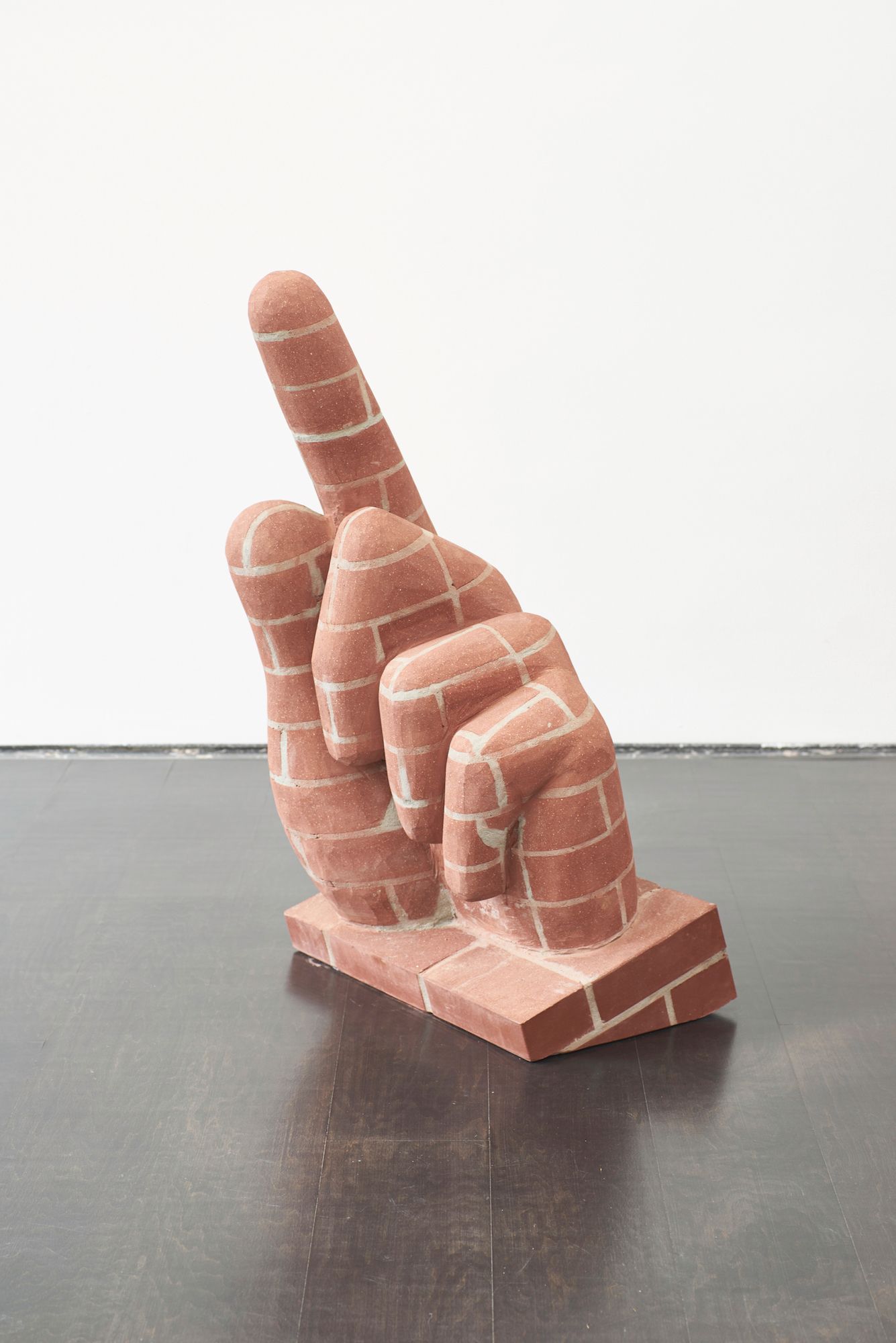
Judith Hopf, Hand 3 (Pointing Hand), 2017
Bricks, cement, 104 × 61.5 × 38.5 cm -
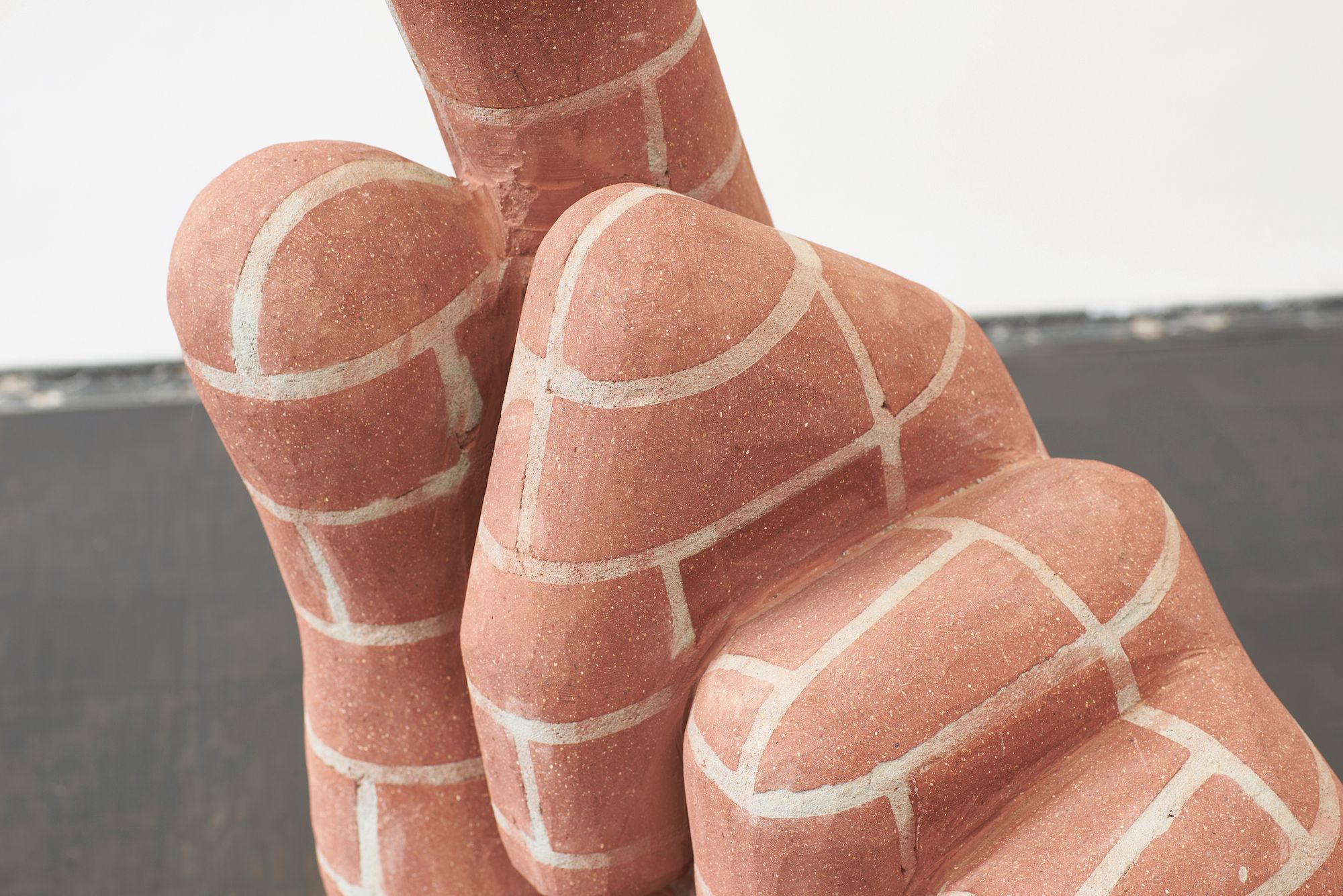
Judith Hopf, Hand 3 (Pointing Hand) (detail), 2017
Bricks, cement, 104 × 61.5 × 38.5 cm -
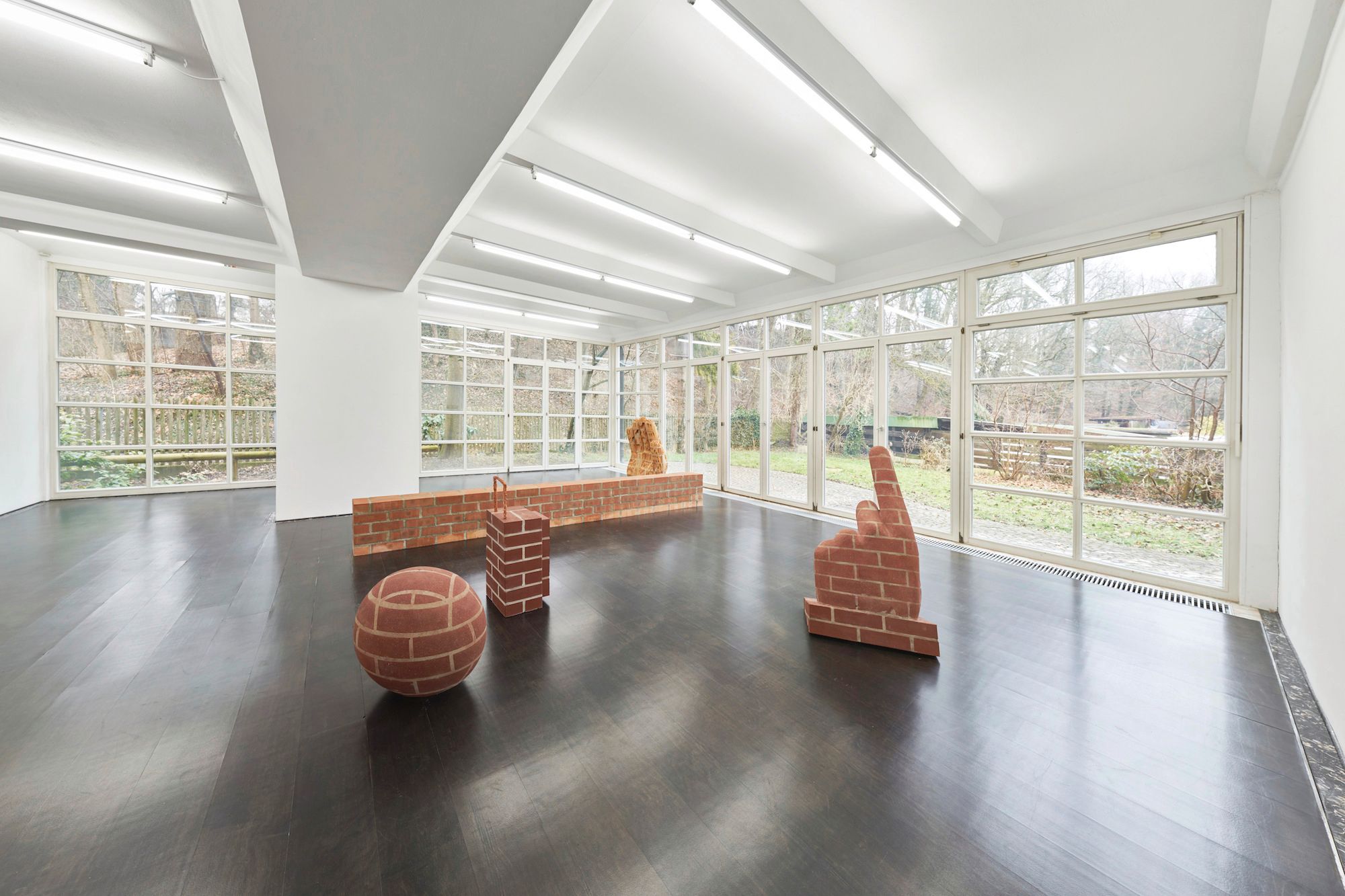
Installation view, Judith Hopf, UP, Deborah Schamoni, 2017 -
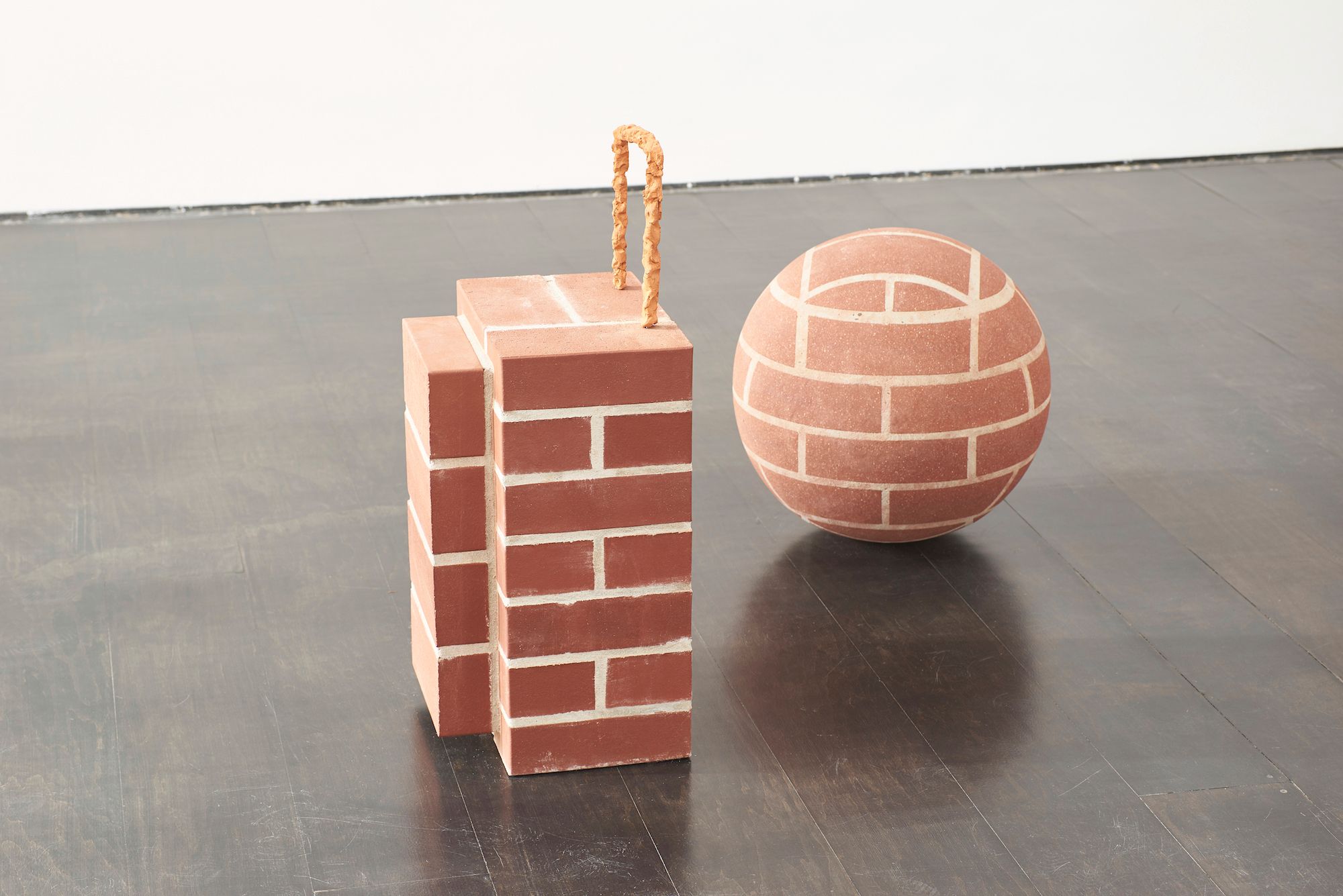
Installation view, Judith Hopf, UP, Deborah Schamoni, 2017 -
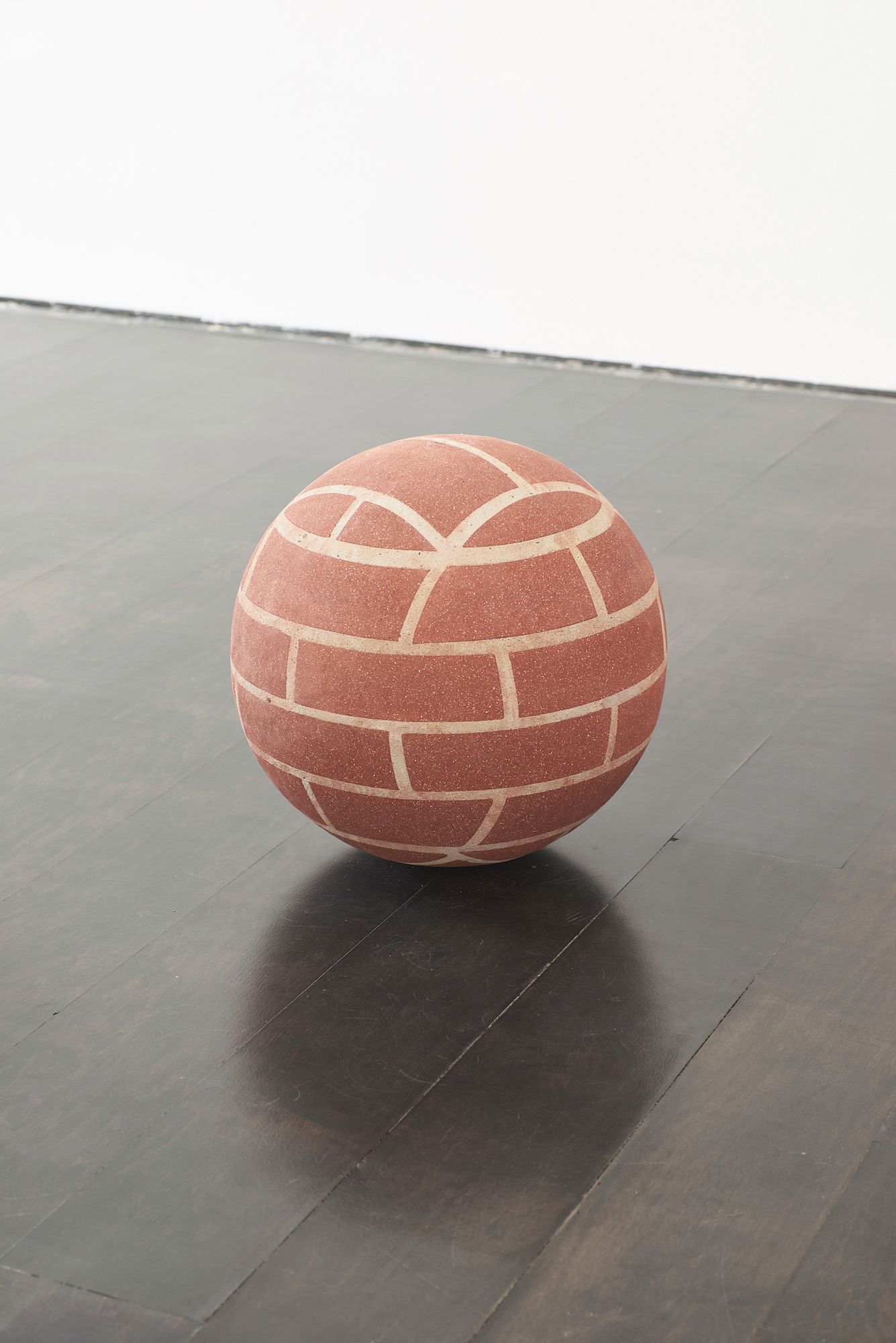
Judith Hopf, Ball in Remembrance of Annette Wehrmann, 2016
Bricks, cement, Ø 52 cm -
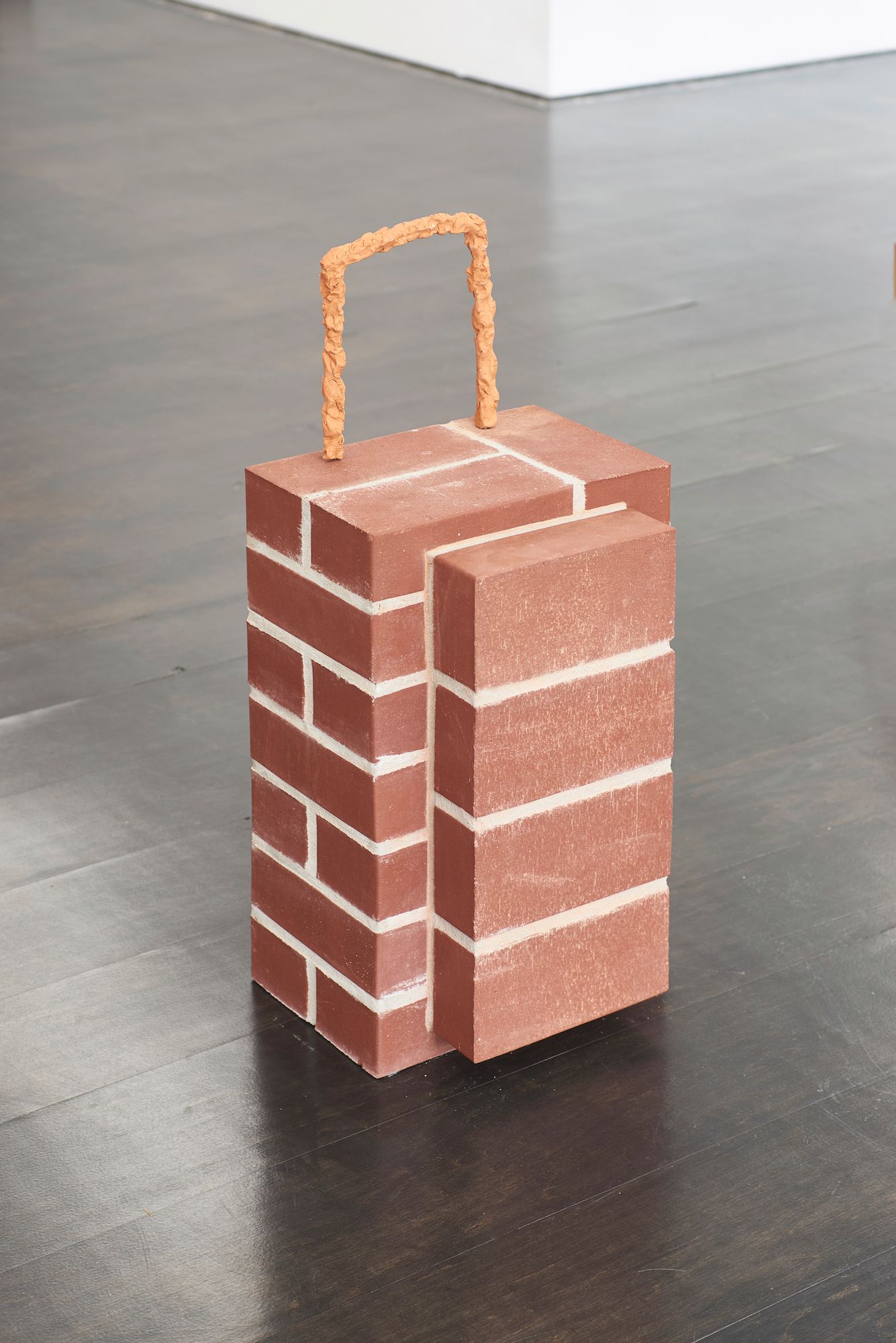
Judith Hopf, Rollkoffer 1, 2016
Bricks, cement, clay, 49 × 24 × 63 cm -
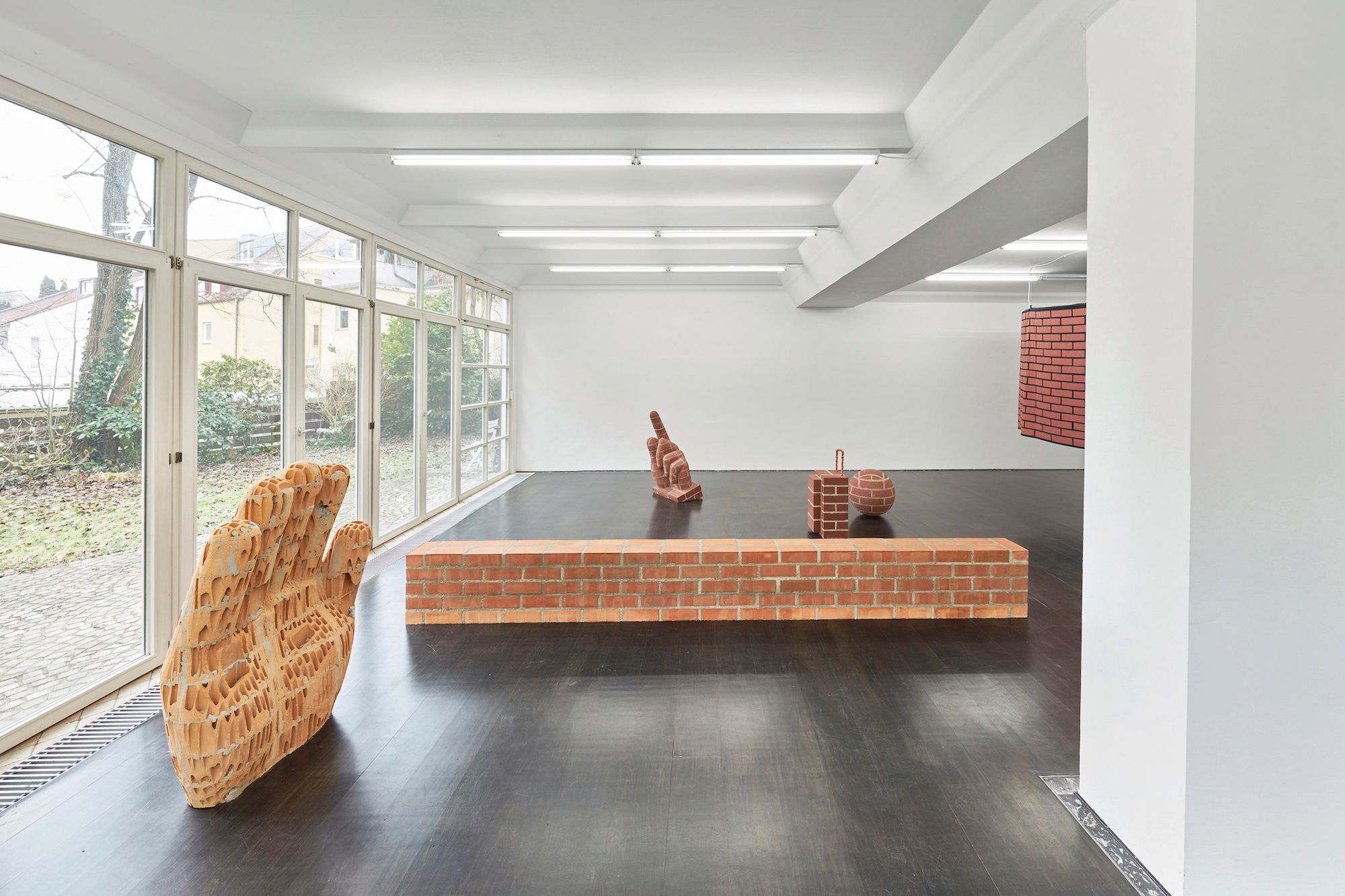
Installation view, Judith Hopf, UP, Deborah Schamoni, 2017 -

Installation view, Judith Hopf, UP, Deborah Schamoni, 2017 -

Judith Hopf, Hand 4 (Waving Hand) (detail), 2017
Bricks, cement, 116 × 79 × 31 cm -
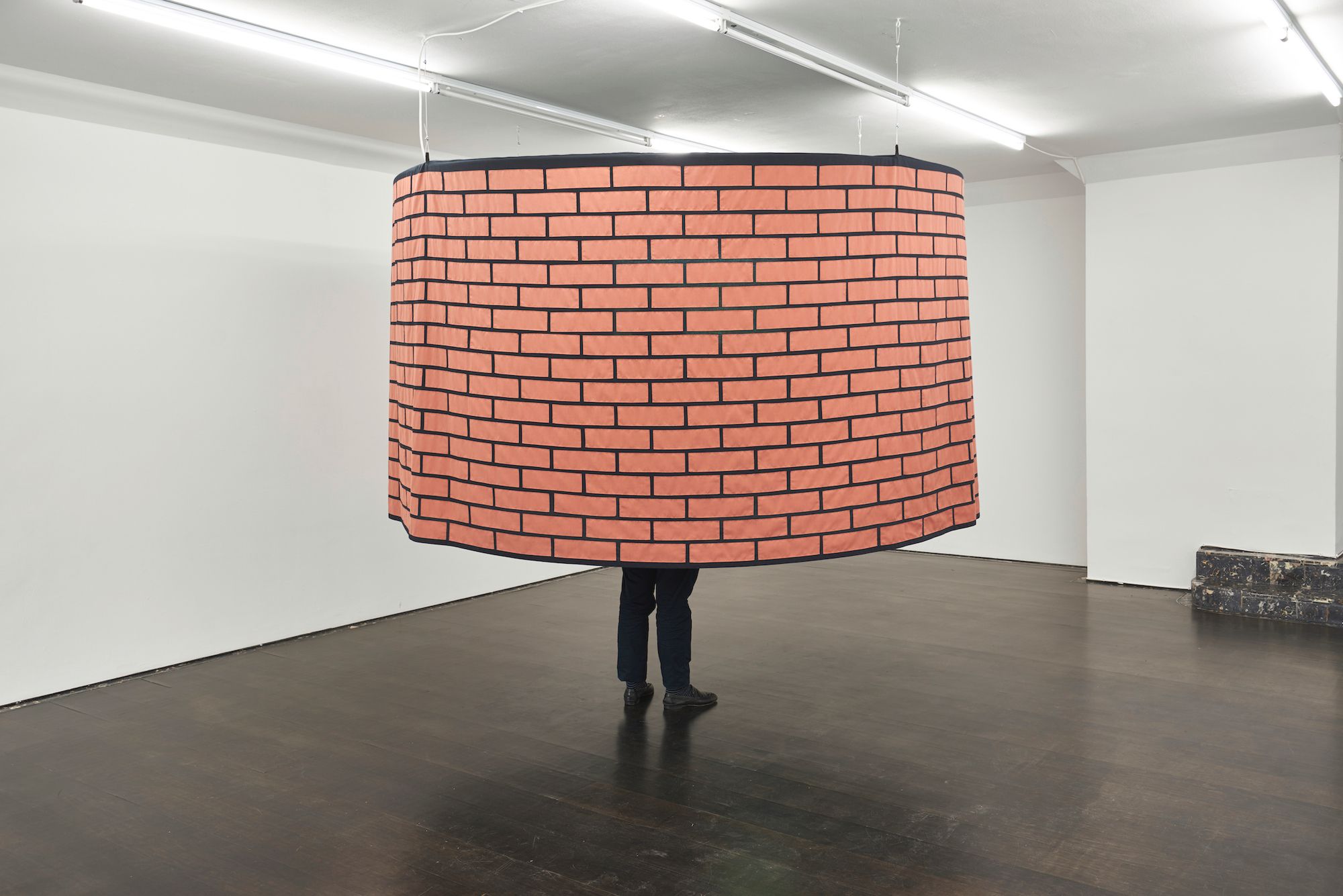
Judith Hopf, Flying Cinema Brickstone Tent, 2016
Video installation, Ø 300 cm, variable height -
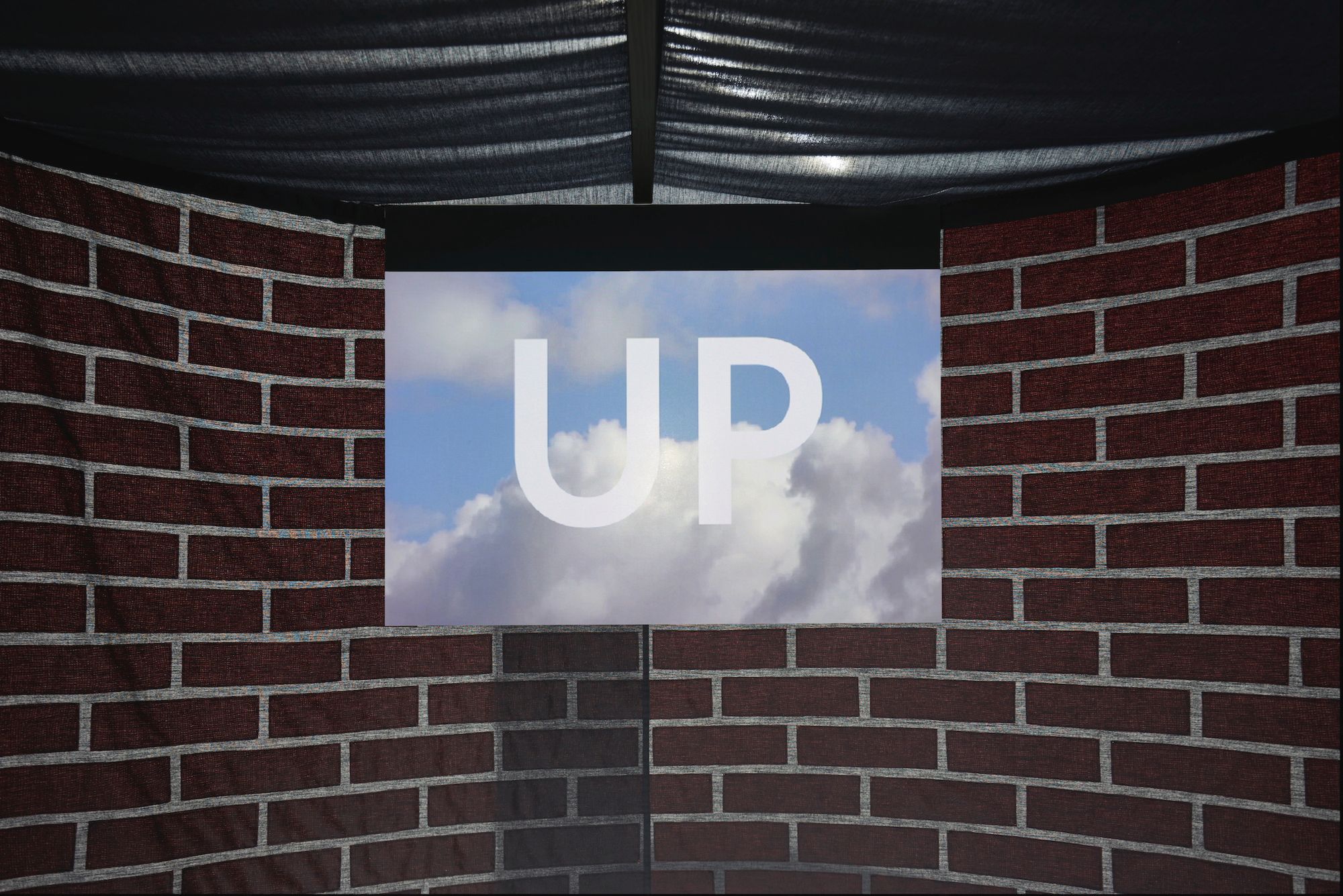
Judith Hopf, UP!, 2016
Video, 1:30 min -
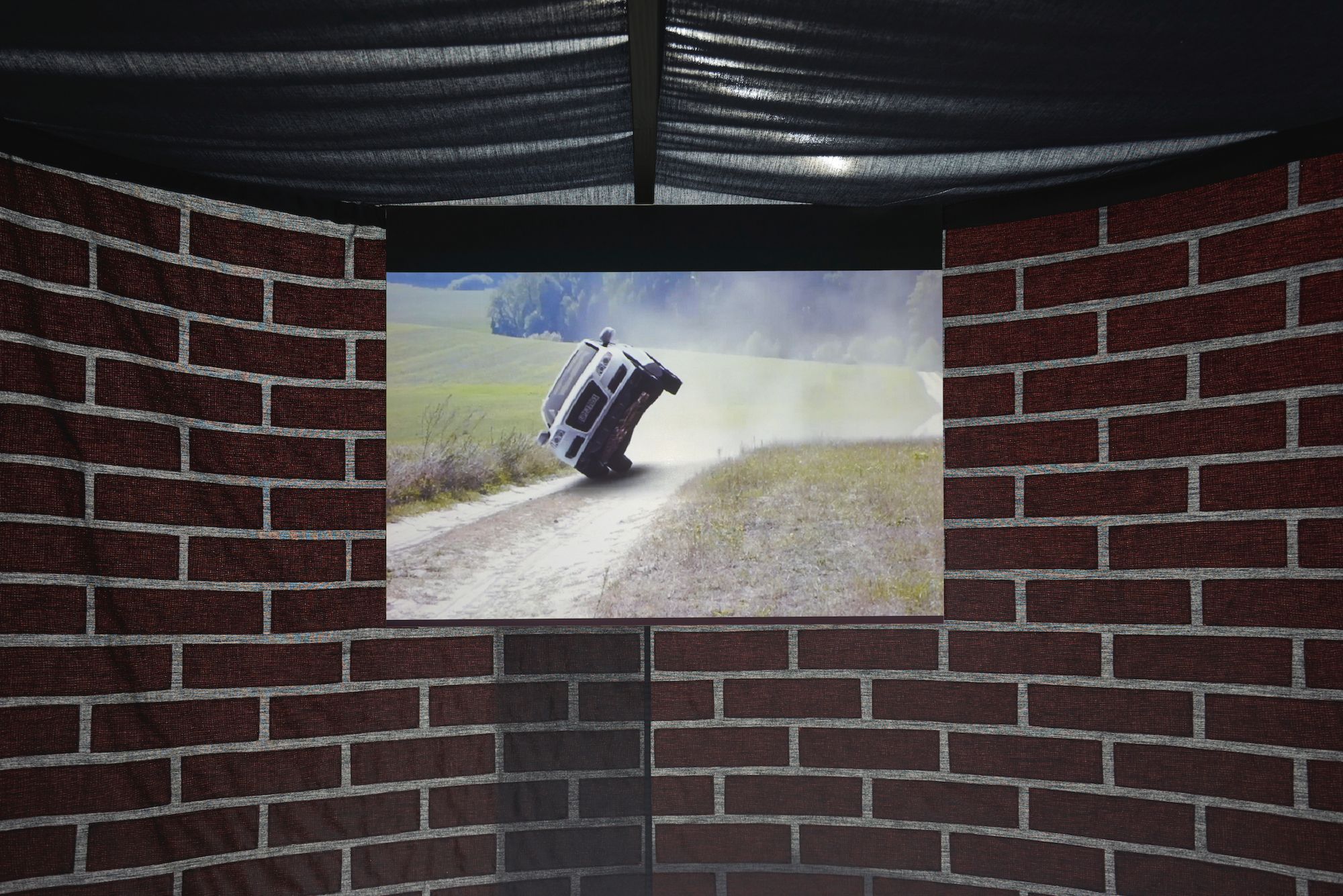
Judith Hopf, UP!, 2016
Video, 1:30 min -

Installation view, Judith Hopf, UP, Deborah Schamoni, 2017 -
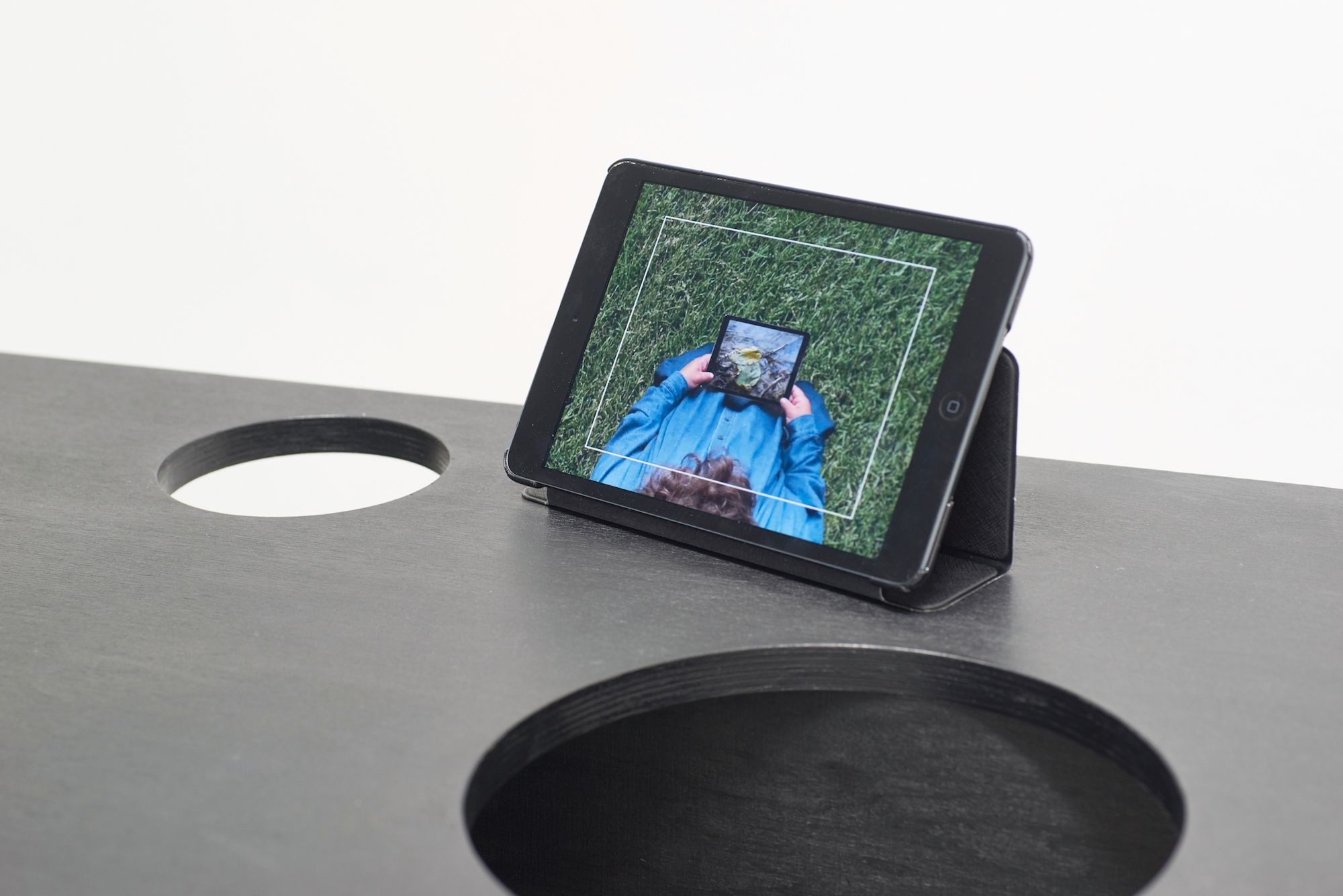
Judith Hopf, MORE, 2015
Video, 4:33 min, Installation view -
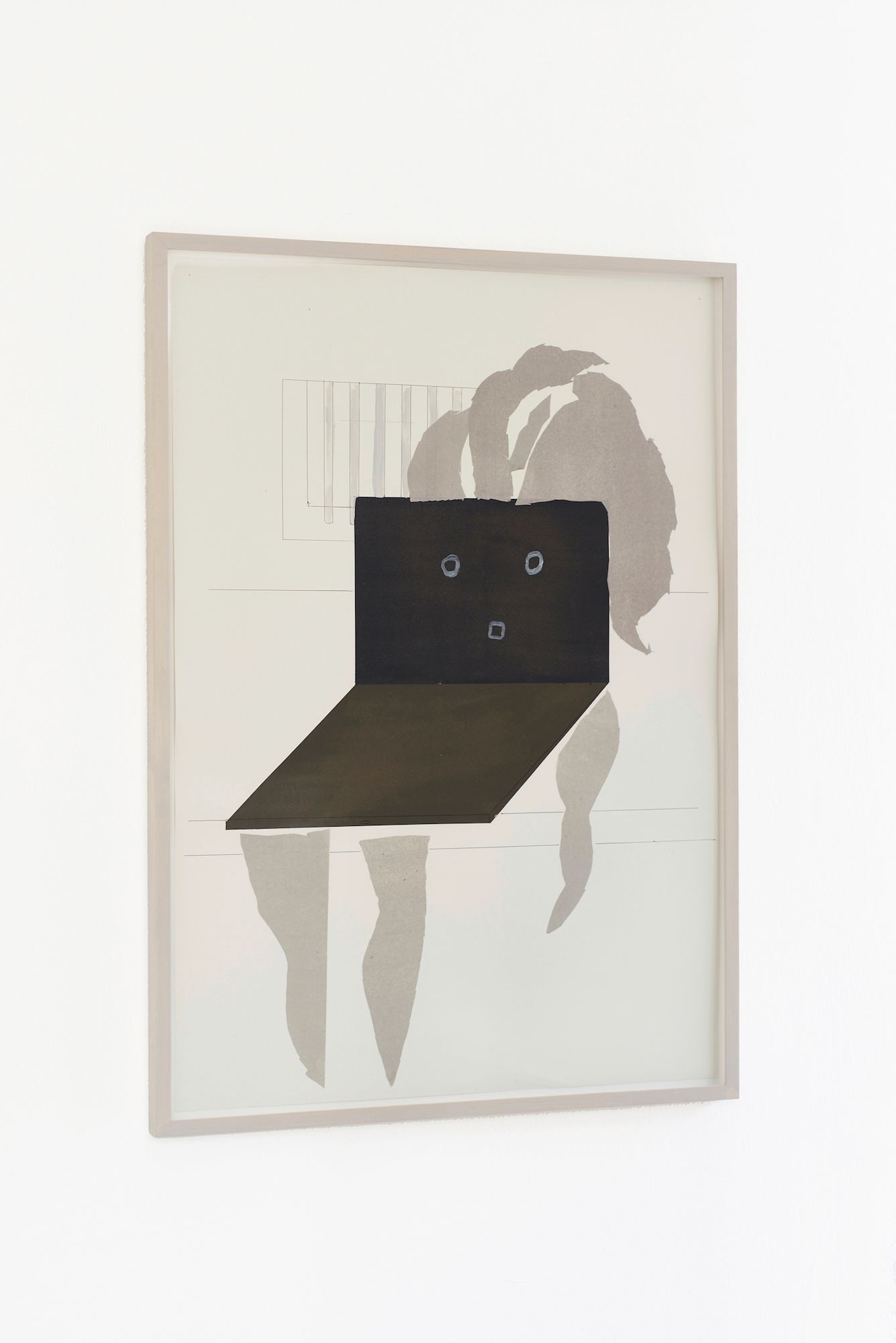
Judith Hopf, Waiting Laptop (Woman in jail), 2016
Paint, ink, collage on paper, 103 × 75 cm, framed: 105×78 cm -

Judith Hopf, Untitled (Loch 1), 2017
Silkscreen on paper, 100 × 80 cm -
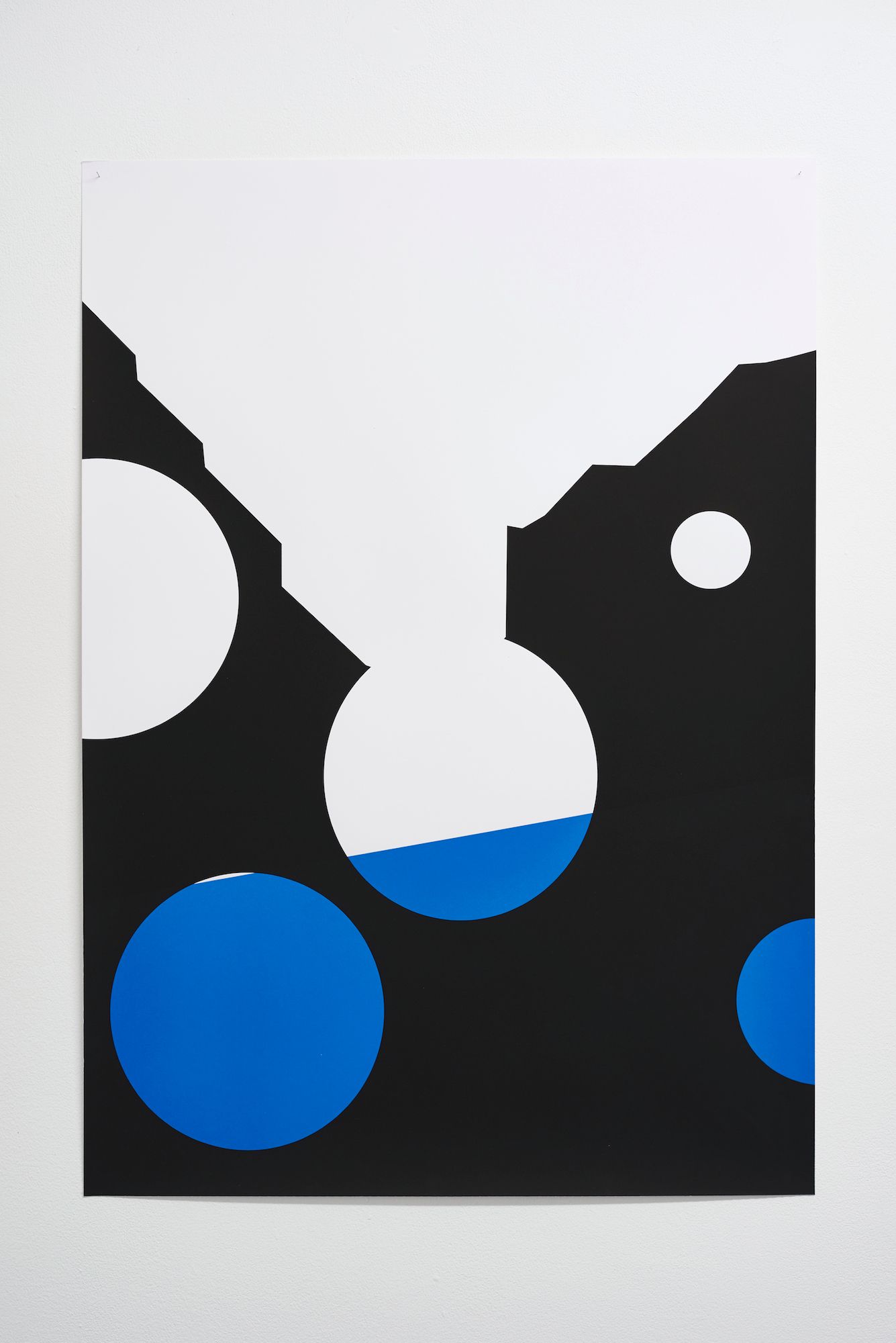
Judith Hopf, Untitled (Loch 2), 2017
Silkscreen on paper, 100 × 80 cm -
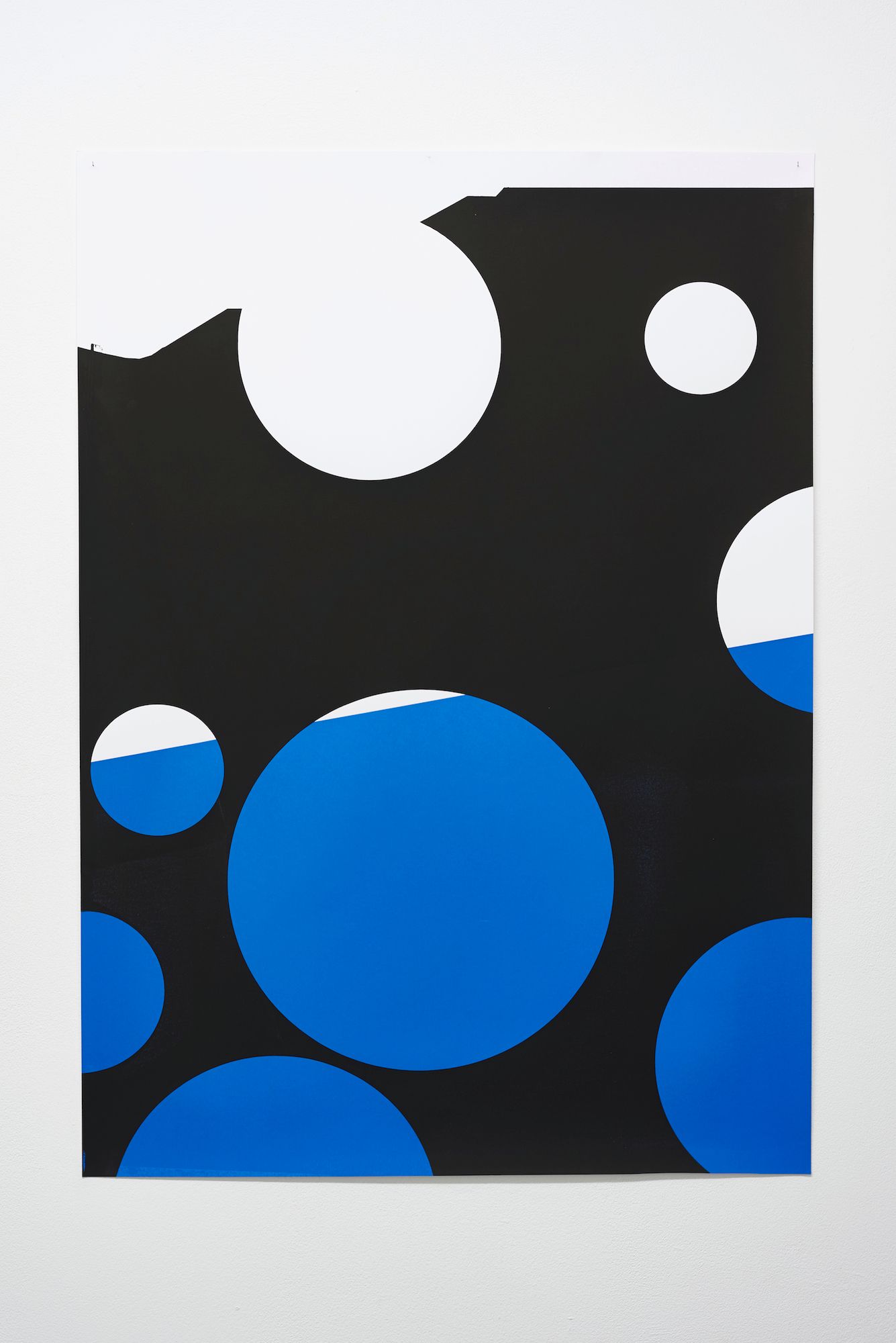
Judith Hopf, Untitled (Loch 3), 2017
Silkscreen on paper, 100 × 80 cm -
